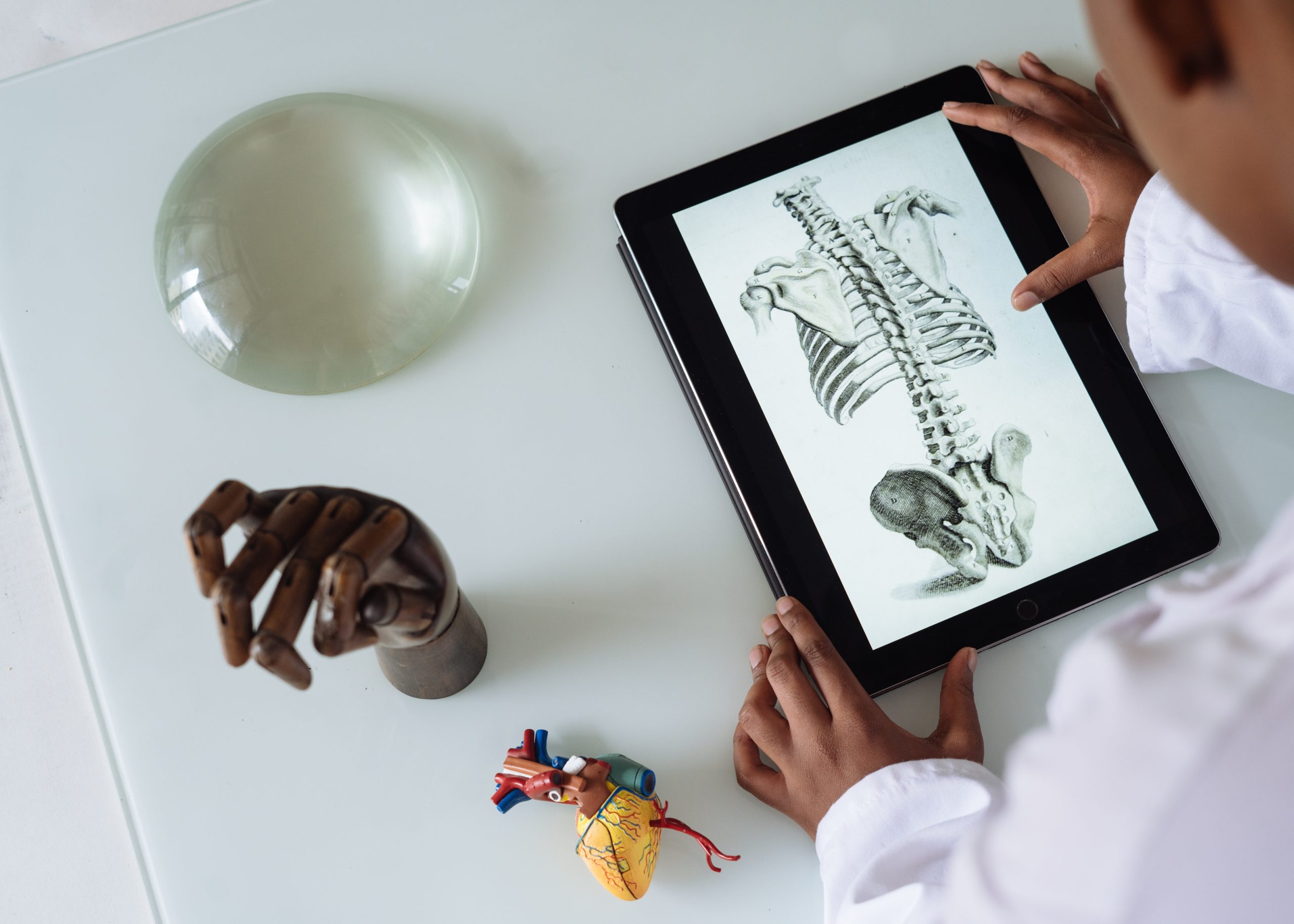In the swiftly evolving field of medicine, health professionals must continuously update their learning plans. This ensures they stay up-to-date with new skills, research, and best practices to provide top-notch patient care. However, finding time for continuous learning and development can be a real challenge with an already packed schedule of seeing patients. This is where the significance of creating a personalized learning program comes into play.
Designing a program tailored to your individual needs and objectives can be immensely valuable. This approach helps you identify knowledge gaps, carve out dedicated learning time, and choose educational resources that work for you. Follow the key steps in this article to design your own custom MD development program.
What Does Personalized Learning Mean for Busy Medical Professionals?
With the rise of new technologies and online platforms, personalized learning is more achievable than ever for time-strapped doctors, nurses, and surgeons. Unlike traditional one-size-fits-all approaches, a personalized plan allows you to tailor education precisely to your schedule, learning style, and specific skill goals.
For example, thanks to e-learning innovations by vendors like Webop.com that offer on-demand surgical technique videos, surgeons can watch detailed re-enactments of complex procedures from any device. Nurses can use interactive apps to refine clinical decision-making skills. Residents can access Virtual Reality simulations to practice procedures.
Creating your own custom program means incorporating diverse learning formats – online courses, streaming lectures, webinars, interactive tutorials, digital models, and more – that work for your needs and availability.
Now, let’s explore the key steps for building an effective personalized learning plan as a busy medical pro.
Steps to Create Your Learning Plan
Crafting a customized learning plan requires thoughtful self-reflection and a strategic approach. Follow these steps to create a program tailored to your unique goals, strengths, and schedule.
1. Identify Your Knowledge and Skills Gaps
The first critical step is an honest self-assessment of your current proficiency. Compare your existing knowledge and applied skills capabilities against what is required or recommended for your specialty and position. Are there areas where you need to expand your medical expertise to provide the safest, most up-to-date patient care? Are there specialized skills or techniques you want to refine through further training? Pinpointing the gaps in your present knowledge and abilities will allow you to focus your learning plan where it is needed most.
2. Define your Learning Goals
Once you’ve determined the gaps in your medical proficiency, you can then establish clear learning goals to address them. Outline 2-3 specific skills or knowledge areas you want to acquire over a set timeframe. Make sure they are:
- Specific: Clearly define the new expertise, techniques or competencies you aim to attain.
- Measurable: Quantify your objectives so you can track progress. Rather than “learn more about a disease”, aim to “read 5 current research studies on the disease.”
- Achievable: Set realistic goals you can reach within your timeline by building on your existing abilities.
- Relevant: Ensure goals align with your role, interests, and patient needs.
- Time-bound: Put a timeframe for achieving each goal to create a sense of urgency.
Well-defined learning objectives will provide direction and motivation as you work through your plan.
3. Choose Learning Formats
With your goals set, the next step is selecting educational formats that align with your individual learning preferences and schedule. Today’s tech enables personalized learning through diverse digital options, like:
- Online courses: Structured, self-paced e-learning with video lessons and assessments. Great for foundational knowledge.
- Apps: Interactive mobile apps to learn concepts or techniques. Useful for on-the-go practice.
- Podcasts: Audio talks by industry experts to build knowledge during commutes.
- Webinars: Can’t travel to conferences? Live/recorded talks let you tune in remotely.
- Digital models: 3D anatomy models, VR surgery simulations, and more for immersive, hands-on learning.
- Microlearning: Short online lessons (5-15 mins) to fit learning into small blocks of time.
Experiment with new modalities and choose options catered to your needs – mobile accessibility, ability to interact, hands-on practice, etc.
4. Create a schedule
The key to staying consistent with your personalized curriculum is to schedule time for it. Treat learning like an important meeting. Block off chunks of time on your calendar and guard them against other obligations.
Aim to intersperse your educational activities throughout the week/month rather than cramming them in all at once. Consistency and repetition are key for retention.
Look for small windows of time you can dedicate to learning, such as:
- 30 minutes in the morning before work starts
- Commute time for listening to a podcast
- Lunch break for reading an article
- 30 minutes before bed for an online lesson
Also, take advantage of bigger blocks of availability, like weekends or times away from patient care responsibilities, to tackle more immersive learning.
5. Measure Progress
An important component of any learning plan is building ways to assess your progress. Measurement will help you stay accountable and also identify any areas needing more focus.
Use a combination of evaluation tools like:
- Practice tests: Flashcards, quiz apps, or end-of-course assessments to test knowledge retention.
- Simulations: Observe techniques in an immersive virtual environment and get expert feedback.
- Peer feedback: Ask colleagues to observe you applying a new skill and provide pointers.
- Patient outcomes: Monitor success rates for new procedures you are working to master.
- Teachbacks: Explain and teach concepts to peers to reinforce your own learning.
Schedule regular check-ins every few weeks/months to monitor your advancement using these techniques. Be honest with any areas lagging behind, and adjust your plan if needed.
Conclusion
Following the medical creed of “first, do no harm” means committing to lifelong learning as a healthcare professional. By taking a strategic approach to designing your own personalized curriculum, you can continue expanding your expertise with efficiency and focus – ultimately leading to better patient outcomes.

